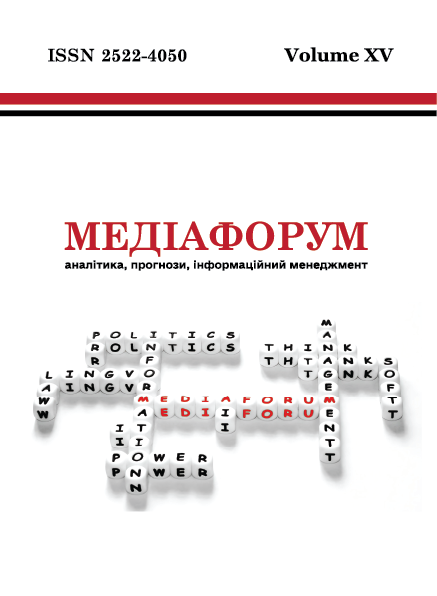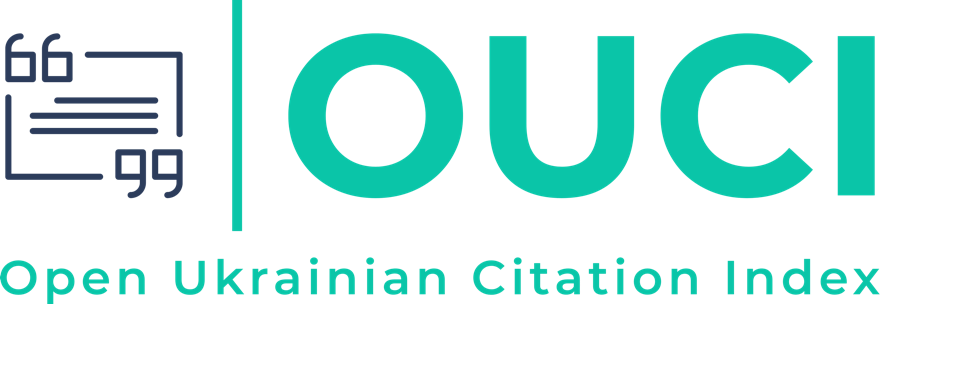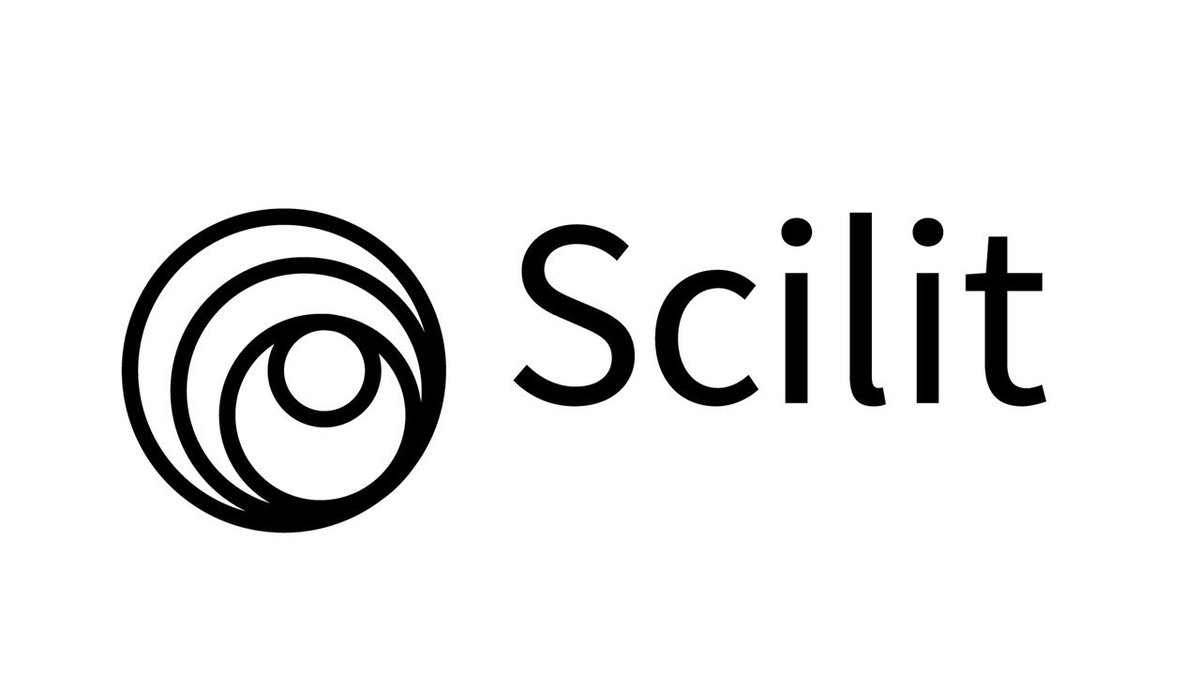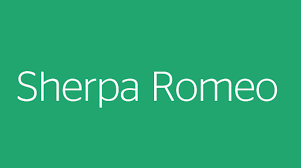Formative Potential of Modern Media in the New Type of Culture Space
DOI:
https://doi.org/10.31861/mediaforum.2024.15.288-303Keywords:
media, media culture, new type of culture, social communications, information contentAbstract
Modern media exist within a specific communicative space, shaped by its characteristics and reflecting its current state. The study aims to investigate the influence of new media on public consciousness, the formation of a new type of culture, and its value transformations. A retrospective analysis of media development suggests that modern media not only serve as a means of shaping a new type of culture but also themselves transformed in response to contemporary demands. This highlights the interdependence and interconnectedness of information/knowledge production, circulation, assimilation, and application, along with communication types and the formation of a new type of culture. Media culture, within the system of new information processes, acquires new features and introduces new aesthetic and value characteristics into culture as a whole, carrying out a socially transformative representation of reality.
The authors emphasize that rapid development and transformation of mass communication, everyday communicative practices, the rise of social networks, the growing potential of digital media, and the expansion of the media space create new opportunities and challenges. These challenges linked to the ongoing need to navigate a constantly shifting reality, fundamentally altering the socio-cultural landscape. Historically synchronous with the information society is the culture of modernity, largely formed/constructed precisely through the development of modern media. New media transform media culture, affecting not only traditional means of information transmission but also the entire spectrum of social communications, changing their form and content, and influencing everyday life, cultural, linguistic, political, economic, cognitive, and other spheres of human activity. Further research into the impact of modern media on the transformation of media culture and a thorough examination of the methodological foundations of these issues remain relevant.
Downloads
References
Bayda, I. 2024. “Mediakulʹtura yak fenomen informatsiynoho suspilʹstva”. Fine Art and Culture Studies. 1: 151–156.
Habermas, Y.1996. “Komunikatyvna diya i dyskurs – dvi formy povsyakdennoyi komunikatsiyi”. Per. z nim. L. Sytnychenko. Pershodzherela komunikatyvnoyi filosofiyi. Kyyiv: Lybidʹ: 84–91.
Hryhorova, Z. 2017. “Novi media, sotsialʹni media, sotsialʹni merezhi – iyerarkhiya informatsiynoho prostoru”. Tekhnolohiya i tekhnika drukarstva. 3 (57): 93–100.
Hrytsenko, O. 2006. “Ukrayinsʹki ZMI v konteksti hlobalʹnykh protsesiv na pochatku KHKHI stolittya”. Ukrayina na shlyakhu do Yevropy. Kyyiv: Etnos: 265–380.
Dobronosova, Y. 2017. “Ekzystentsialʹni aspekty samozdiysnennya v konteksti suchasnoho rozmayittya media”. Aktualʹni problemy filosofiyi ta sotsiolohiyi. 16: 29–32.
Zrazhevsʹka, N. 2013. “Novi media i novi formy komunikatsiyi v mediakulʹturi”. Aktualʹni pytannya masovoyi komunikatsiyi. 14: 70–75.
Kyrychenko, V. 2024. “Sotsialʹno-psykholohichni umovy poyavy «homo virtualis» v umovakh informatsiynoho suspilʹstva”. Zhurnal sotsialʹnoyi ta praktychnoyi psykholohiyi. 3: 75–79.
Kyslova, O., Berdnik, K. 2015. “Novi media yak komunikatyvni tekhnolohiyi XXI stolittya: naslidky merezhevizatsiyi ta intelektualizatsiyi komunikatsiy”. Sotsialʹni tekhnolohiyi: zarady choho? Yakym chynom? Z yakym rezulʹtatom?: monohrafiya / Kolektyv avtoriv, nauk. red. V. I. Podshyvalkina. Odesa: Odesʹkyy natsionalʹnyy universytet imeni I. I. Mechnikova: 277–288.
Lysynyuk, M. 2020. “Mediakulʹtura: sutnisni osoblyvosti i funktsiyi”. Pytannya kulʹturolohiyi. 36: 38–48.
Orokhovsʹka, L. 2015. Mediakulʹtura u dzerkali filosofiyi istoriyi. Kyyiv: Tsentrodruk. 333 s.
Orokhovsʹka, L. 2017. “Transformatsiyi suspilʹnoyi svidomosti pid vplyvom novitnikh informatsiyno-komunikatsiynykh tekhnolohiy”. Visnyk NAU. Seriya «Filosofiya. Kulʹturolohiya», 2: 26–30.
Sorokina, H. 2020. Komunikatyvne povidomlennya yak zasib konstruyuvannya sotsialʹnoyi realʹnosti. URL: http://repository.hneu.edu.ua/bitstream/123456 789/23450 /1/tezis_sorokina.pdf.
Tansʹka, L. 2021. “Kulʹturolohichni vymiry funktsionuvannya mediakulʹtury na postradyansʹkomu prostori”. Pytannya kulʹturolohiyi. 37: 202–210.
Trach, YU. 2016. “Novi informatsiyni tekhnolohiyi ta informatsiyna kulʹtura v hlobalizovanomu sviti”. Kulʹtura Ukrayiny. 52: 112–119. URL: ihttps://ic.ac.kharkov.ua/nauk_rob/nauk_vid/rio_old_2017/ku/kultura52/14.pdf.
Bell, D. 1973. The Coming of Post-Industrial Society: A Venturein Social Forecasting. New York: Basic Books. 507 p.
Castells, M. 2011. “A network theory of power”. International j. of communication. Los Angeles (CA). 5: 773–787.
Habermas, J. 1981. Theorie des kommunikativen Handelns. In 2 Bde. Bd. 1: Handlungsrationalität und gesellschaftliche Rationalisierung. Bd. 2: Zur Kritik der funktionalistischen Vernunft. Frankfurt am Main: Suhrkamp. 1216 S.
Laswell, H. 1948. “The Structure and Function of Communication in Society”. The Communication of Ideas. 4: 37–51.
McQuail, D. 2010. Mass Communication Theory. 6th edition. London: SAGE. 632 p.
McLuhan, M. 1964. Understanding Media: The Extensions of Man. L.-N.Y.: McGraw Hill. 396 p.















